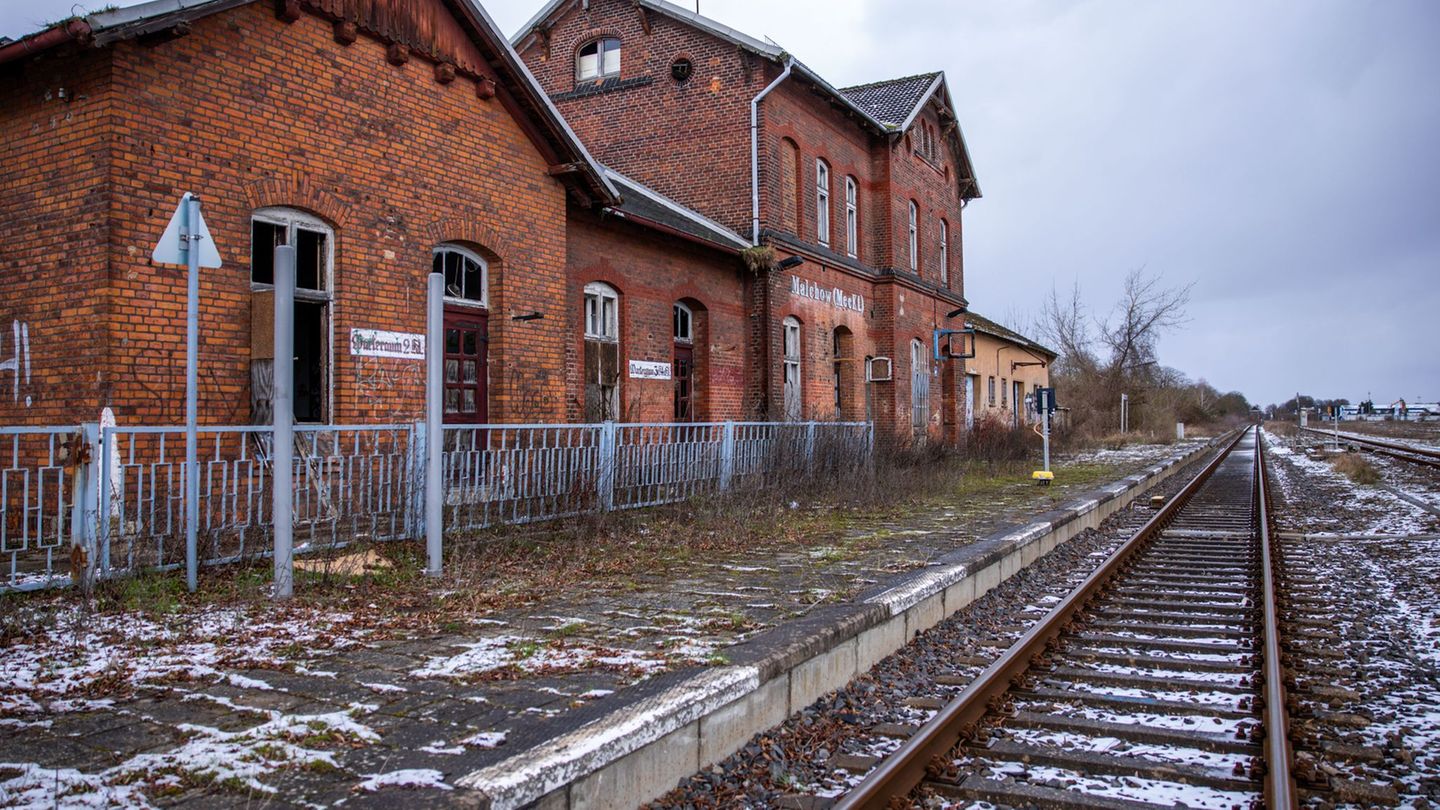Menu
Railway stations in Germany: Private stations: How they can be saved from decay
Categories
Most Read
World trade: China’s exports and imports increased significantly in September
October 13, 2025
No Comments
Luis Caputo, after the agreement with the US: Dollarization is ruled out
October 13, 2025
No Comments
the panorama of two leading brands in Argentina
October 12, 2025
No Comments
how to pay in installments without interest
October 12, 2025
No Comments
Tariff conflict: Trump on trade dispute: Xi just had a bad moment
October 12, 2025
No Comments
Latest Posts

Cash: Only cash is real in Europe. The situation in the morning
October 13, 2025
No Comments
morning star Only cash is truth Listen to article Copy the current link Add to wishlist Why cash is becoming popular again in Europe. When

World trade: China’s exports and imports increased significantly in September
October 13, 2025
No Comments
AngelicaI am an author and journalist who has written for 24 Hours World. I specialize in covering the economy and write about topics such as

Situation at a glance: Trump: Delivery of Tomahawk weapons to Ukraine possible
October 13, 2025
No Comments
IvanI have been working in the news industry for over 6 years, first as a reporter and now as an editor. I have covered politics
24 Hours Worlds is a comprehensive source of instant world current affairs, offering up-to-the-minute coverage of breaking news and events from around the globe. With a team of experienced journalists and experts on hand 24/7.

